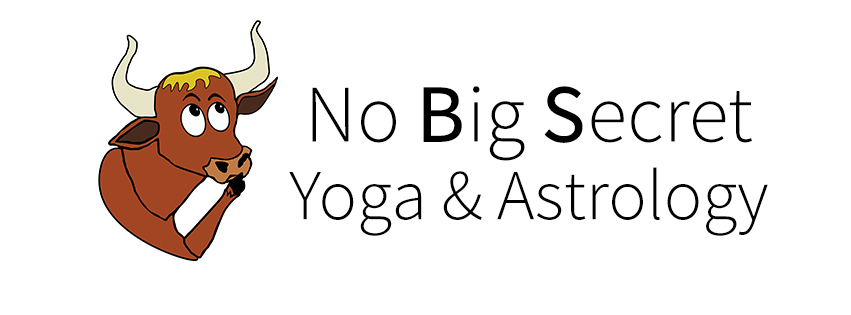The Unknown Bible
Growing up in the Catholic Church, I had a hard time understanding the format of the Bible. We were never taught much of the history of the Catholic Church beyond what IN the bible. Think about that... the church is about 2000 years old, but I could not tell you much of the history between the time of Jesus's death and the say Pope John Paul the 2nd. Even going to mass was difficult for me. Week in and week out it was the same thing. I had a potty break perfectly timed so I could get through the more boring parts of the mass. At least at the end I got a shot of wine and a cracker as a consolation prize.
I tried going back to the Catholic Church right about the time I began my studies in Kriya Yoga and Vedic Astrology. Yoga itself was never meant to be a religious practice, so I do not see any conflict with one going to church and being an active meditator. Well, I found out about these formerly hidden books called the Gnostic Gospels and that got me interested.
The story goes like this: The church was a very different entity just after Jesus's death. Many of his disciples were woman, and were given equal standing in the church, something that was considered heresy to other jewish sects. Also, the Conical Bible does not mention anything about the life of Jesus between the ages of thirteen and the time he started his ministry in Isreal. As Christianity started to flourish in the Roman Empire, so did the culture of the Roman Empire flourish in Christianity. Along came the first Roman Emperor to embrace Christianity: Constantine the First. He called the First Counsel of Nicaea to standardize what was going to be in the Bible. This was a literal death blow to the mystical study of Christianity know as Gnosticism. Hunted down like witches, the Gnostics were put to death, their teachings now considered heresy.
Flash forward to Egypt in 1945. In the city of Nag Hammadi, a vase if found to contain several books of early Christian origin. What they found is still being debated and analysed. Gospels apparently written by the disciple Thomas and Phillip were found, with many other pieces of literature.
Out of all these, my favorite is the Gospel of Thomas. It is broken up into a number of "Sayings" instead of a pros format. This is interesting to me because Vedic literature such as the Yoga Sutras has the same format. A Sutra is a line of text broken down to convey the most amount of meaning with the least amount of words. For centuries, these teachings were conveyed orally from teacher to student before they were written down around 250 AD, so it only prudent for brevity's sake.
I intend to do further blog posts on the sayings contained in the Gospel of Thomas and how it relates to the Yoga Sutras and esoteric studies in general. In the meantime, I invite you to check it out online for yourself.
http://gnosis.org/naghamm/gosthom.html
